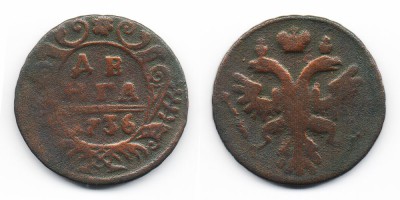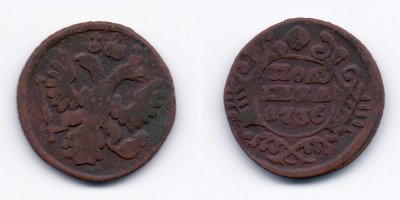The diversity and originality of the Scandinavian coins attract collectors and coin collectors. Interestingly rough design of banknotes of the northern peoples. Under the Danish government, in Norway, the Kingdom’s money symbol is printed: stamp. The mints of Christiania, Skien, Kongsberg minted the stamp from the beginning of the XVI century to the end of the XVIIIth. Monetary circulation of the brand ends in 1875, after the introduction of the Norwegian krone.
In 1736, Norway issued a silver coin, with a face value of 4 marks, weighing 22.27 g. On the obverse: a crowned monogram, on the reverse:
crowned coat of arms of Norway. The edge of the coin is grainy, ribbed.
Another country of Scandinavia, which this year minted the circulation of coins - Sweden. The Stockholm Mint produces silver coins, in denominations of 10 eras, weighing 7.02 g. The obverse depicts a monogram in the form of a cruciform monogram, with four crowns, which are located at the corners of the cross. On the reverse: three crowns, two - on top, one - below, as well as initials and denomination.
Small coins of the era were used in circulation in Sweden, Denmark and Norway. The monetary unit receives its name from the ancient Roman coins Aureus, which translates as gold.
In 1736, on another continent - in America, the Brazilian Mint in Rio de Janeiro mints a coin - an old flight. Flight, in Portuguese - is the plural word: real. The banknote is made of 917 gold. Face value: 1600, weight: 3.58 g. The obverse depicts a portrait of King Juan V, with an inscription on the rim. On the back: shield with the coat of arms of Portugal. Flight or Reals, minted in Portugal and Brazil.
During the reign of King Joan V, the reorganization of the monetary device was carried out. New gold coins of high denomination are introduced into circulation: from 800 reais to 12,800. Coins of previous issues are melted.
Showing 1 to 2 of 2 (1 Pages)
 Russian
Russian English
English Deutsch
Deutsch Spanish
Spanish Português
Português



